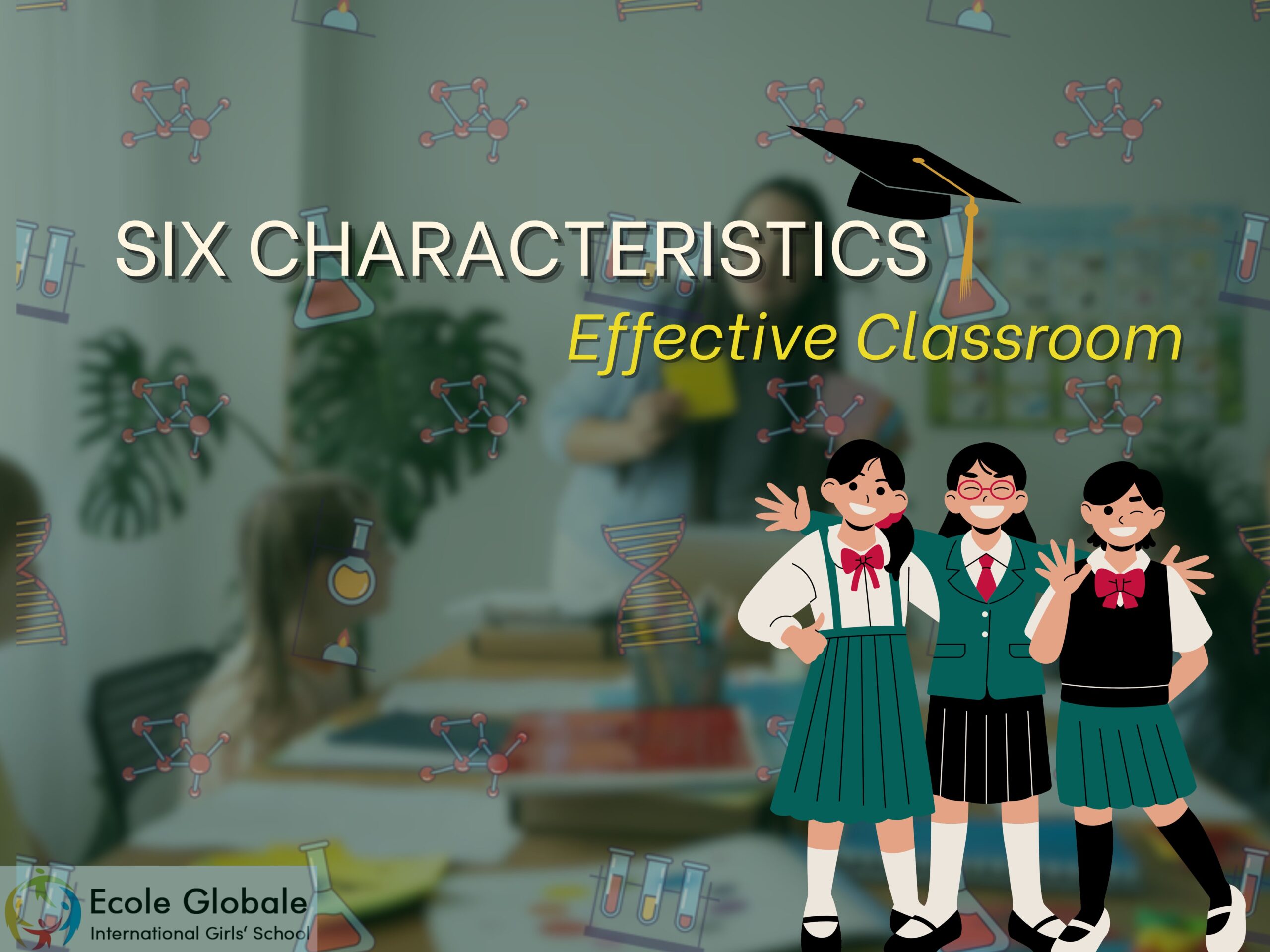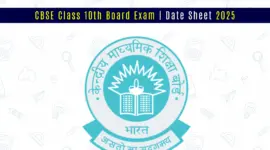Classrooms are vital spaces in a student’s life, where they spend a significant part of their formative years. A well-structured and well-managed classroom is essential for fostering a conducive learning environment that nurtures personality and character development.
For the best learning outcomes, classrooms need to support effective study practices and practical knowledge acquisition. Below are some key strategies for creating effective classrooms that empower students:
1. Clarity in Rules and Regulations
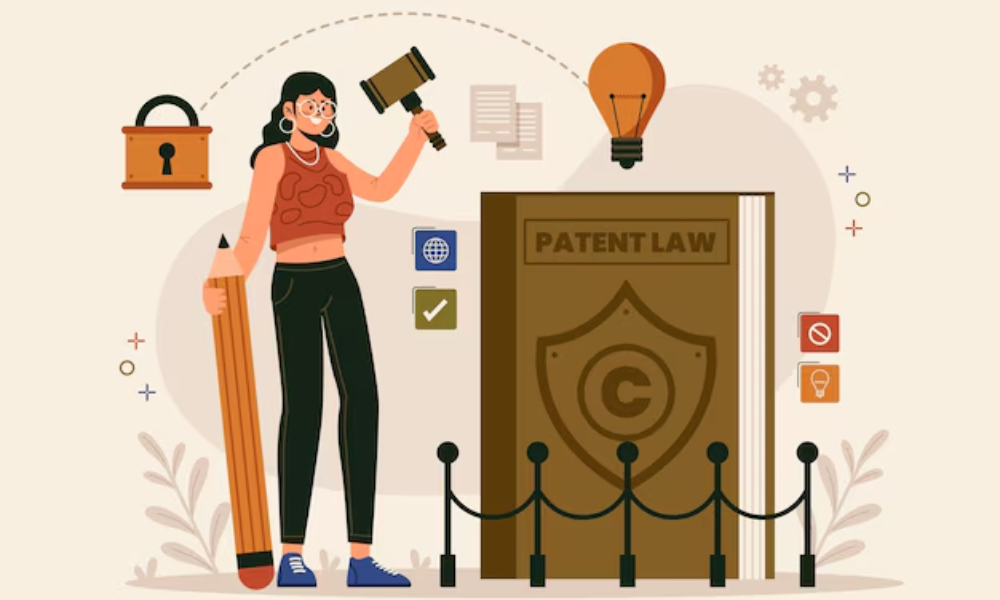
Establishing clear and concise rules is critical for maintaining discipline and dignity within the classroom. By educating students about these rules, teachers set expectations that align with students’ capabilities and mental states. Here’s how to establish effective classroom rules:
- Reasonable Expectations: Ensure that the rules are fair, achievable, and aligned with educational goals.
- Consistency: Align classroom rules with school-wide policies to maintain uniformity.
- Transparency: Explain the reasoning behind each rule to motivate students to adhere to them.
- Fair Evaluation: Assess students’ behavior systematically and ensure accountability for any misdeeds.
Clear and structured classroom rules foster an environment where students understand their responsibilities, helping them thrive academically and socially.
2. Clear and Fair Assessments
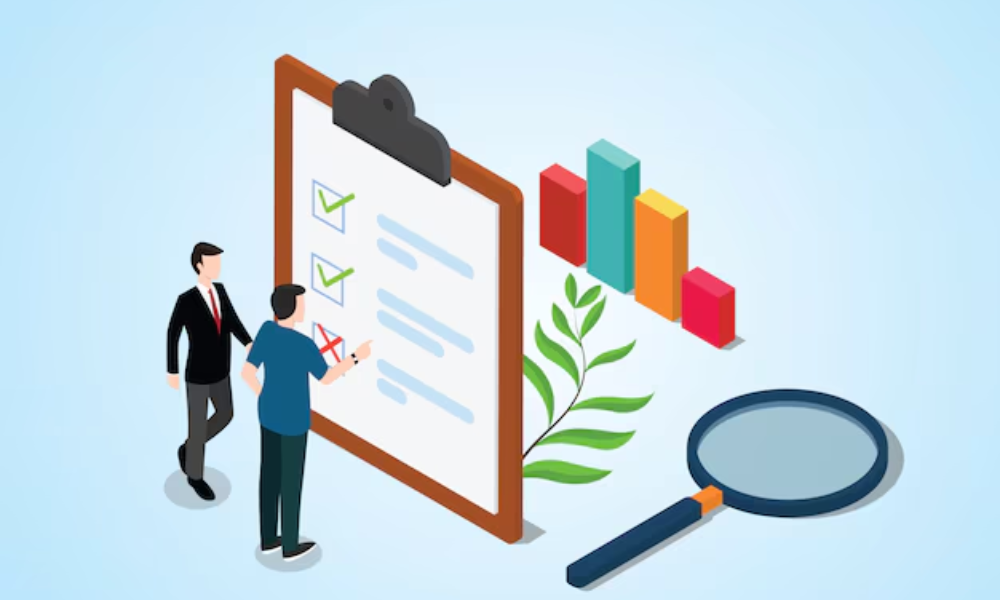
Assessment serves as a tool to evaluate a student’s potential and capabilities. Teachers should implement fair evaluation systems and provide unbiased feedback. Here’s how assessments can enhance classroom effectiveness:
- Modern Methods: Use authentic assessments like projects, weekly updates, and monthly progress reviews to track student growth.
- Feedback Mechanism: Offer regular feedback to students and adapt strategies based on their performance.
- Clarity in Assignments: Provide explicit instructions for tasks, helping students identify the skills and resources required.
Shifting from traditional to modern assessments ensures a comprehensive evaluation of students’ strengths and areas for improvement.
3. Effective Housekeeping

Housekeeping plays a significant role in ensuring smooth classroom operations. Proper time and task management allow teachers and students to meet daily goals efficiently. Here’s how to implement effective housekeeping in classrooms:
- Time Allocation: Schedule appropriate time for each activity, including breaks for personal needs.
- Organization: Maintain a clean and well-organized classroom to promote focus and efficiency.
- Routine Development: Establish routines that help students adapt and complete tasks with ease.
An organized environment minimizes distractions and fosters a structured learning experience.
4. Student Engagement
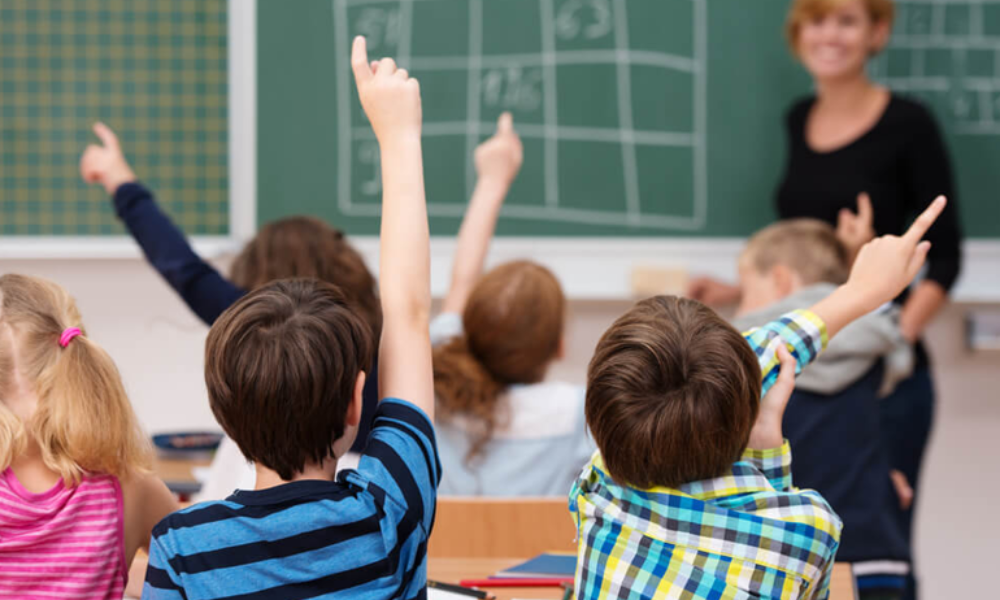
Active engagement is key to creating effective classroom management strategies. Teachers who adopt innovative methods to capture students’ attention foster better understanding and retention. Strategies to boost engagement include:
- Interactive Activities: Incorporate games, quizzes, group discussions, and debates.
- Technology Integration: Use tools like interactive whiteboards, digital presentations, and educational apps to make learning more dynamic.
- Student Autonomy: Allow students to express their interests and decide what topics they want to explore.
By prioritizing engagement, classrooms become lively spaces where students feel motivated to learn and excel.
5. Student-Centered Learning
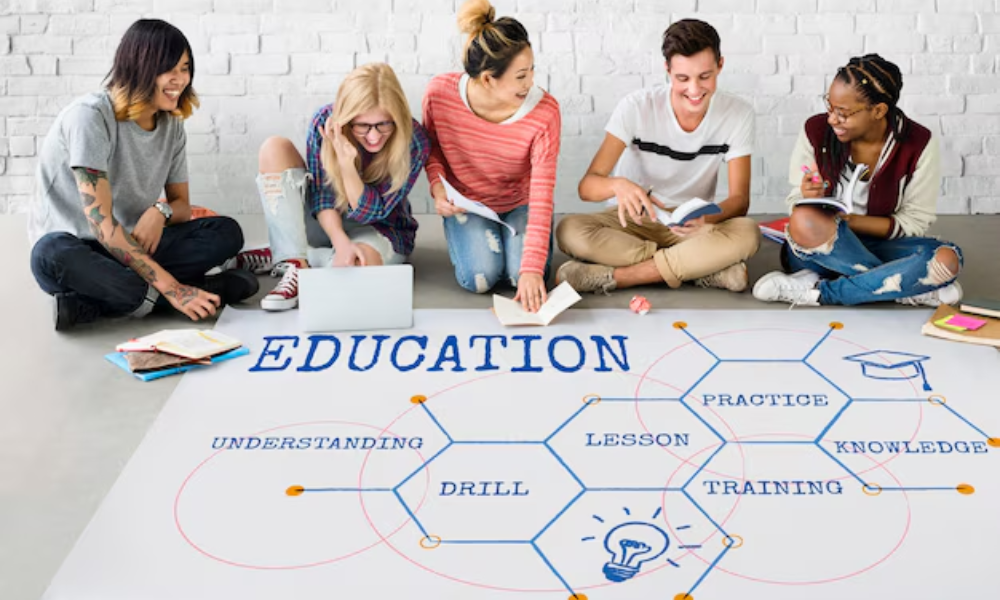
Student-centered classrooms prioritize the active involvement of children in their learning journey. This approach encourages students to:
- Critical Thinking: Ask questions and explore topics based on their observations.
- Collaboration: Work in teams through collaborative and inquiry-based learning practices.
- Inclusivity: Tailor assessments to students’ unique abilities rather than standardized metrics.
Student-centered learning fosters independence, creativity, and confidence among learners.
6. Authentic Connections
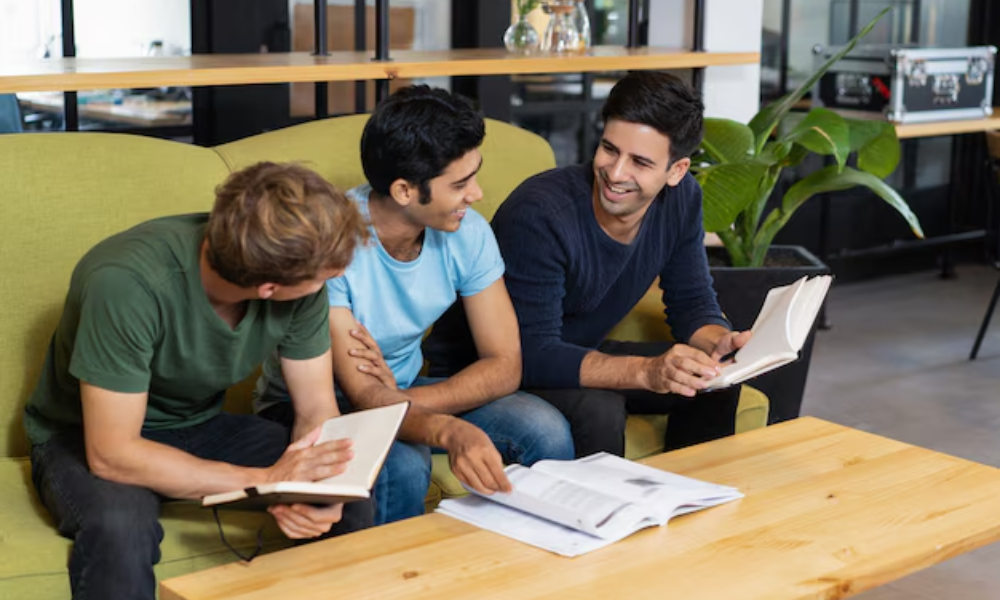
An effective classroom thrives on genuine connections between teachers and students. When communication is open and interactive, students feel more comfortable sharing their doubts and opinions. Authentic connections provide opportunities for:
- Real-World Discussions: Encourage students to discuss societal issues, technological advancements, and current events.
- Ideology Development: Help students form opinions based on their understanding of world practices.
- Holistic Learning: Move beyond textbooks to include life skills and world knowledge.
A classroom enriched with authentic connections equips students with the tools to navigate real-world challenges confidently.
Conclusion
Creating an effective classroom is about more than just maintaining order; it’s about nurturing a space where students can thrive academically, emotionally, and socially.
Through clear rules, fair assessments, student engagement, and authentic connections, educators can establish a learning environment that inspires and empowers students for life beyond the classroom.
Adopting these strategies will ensure that classrooms become transformative spaces that foster holistic development and lifelong learning.






